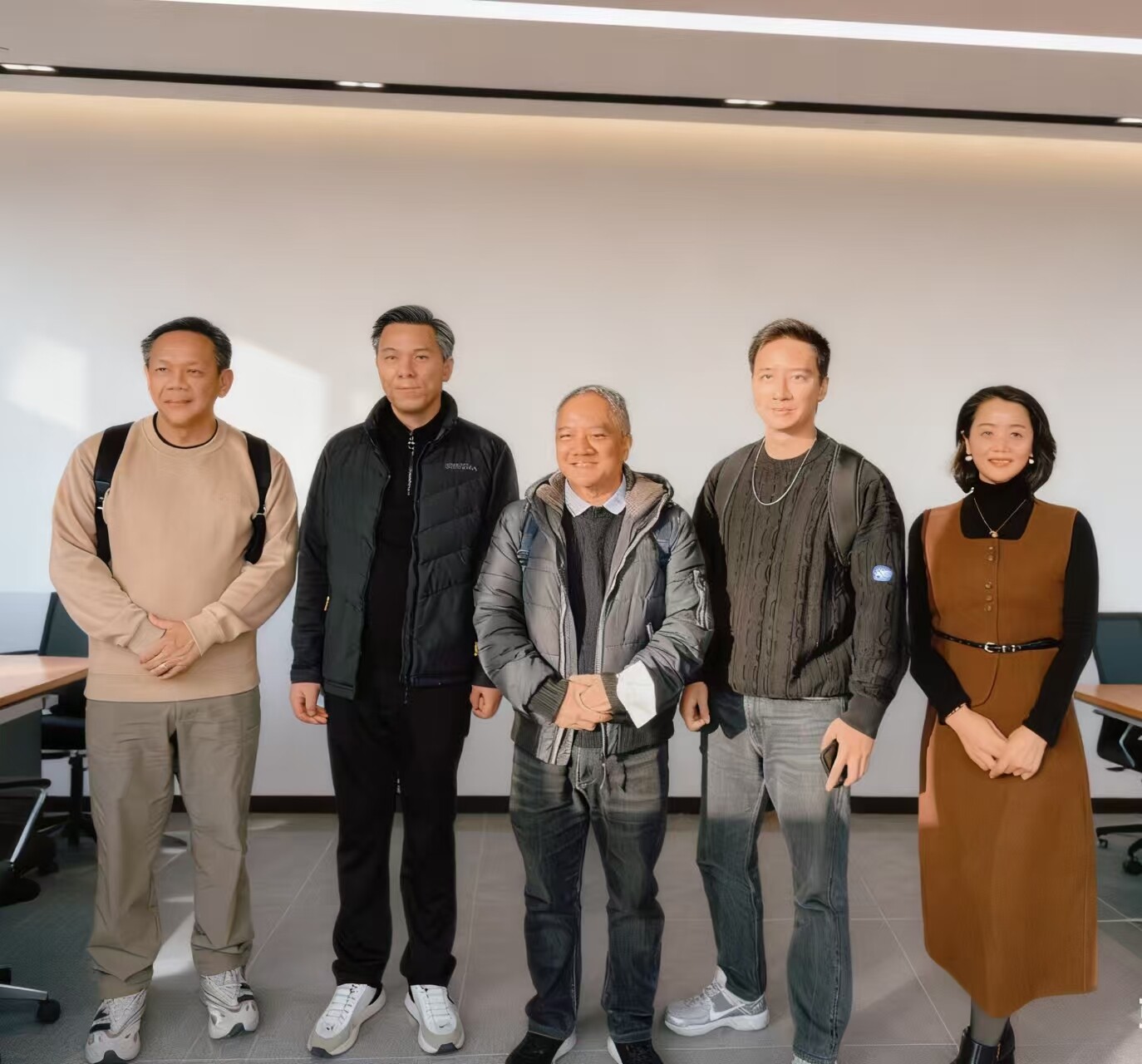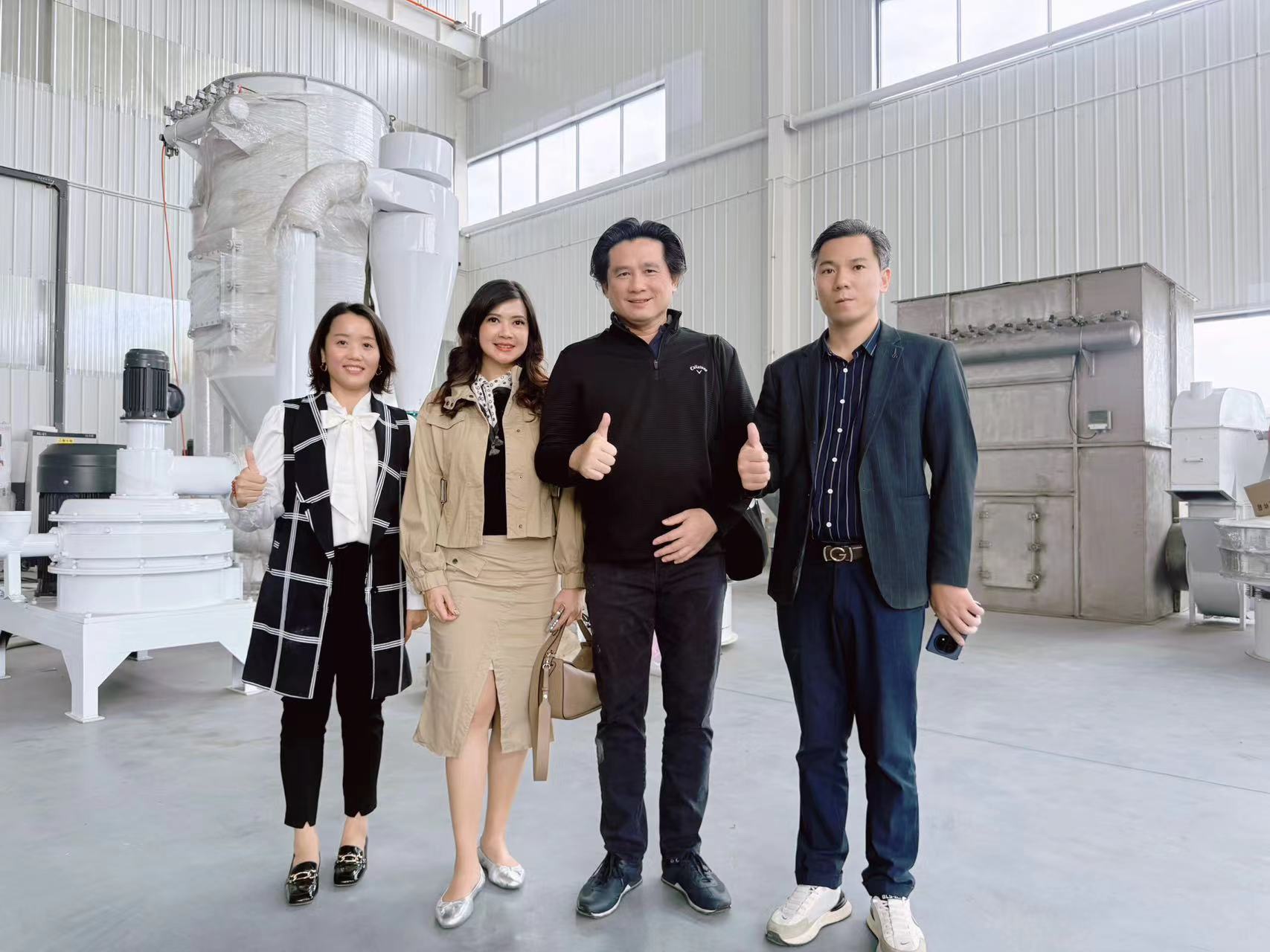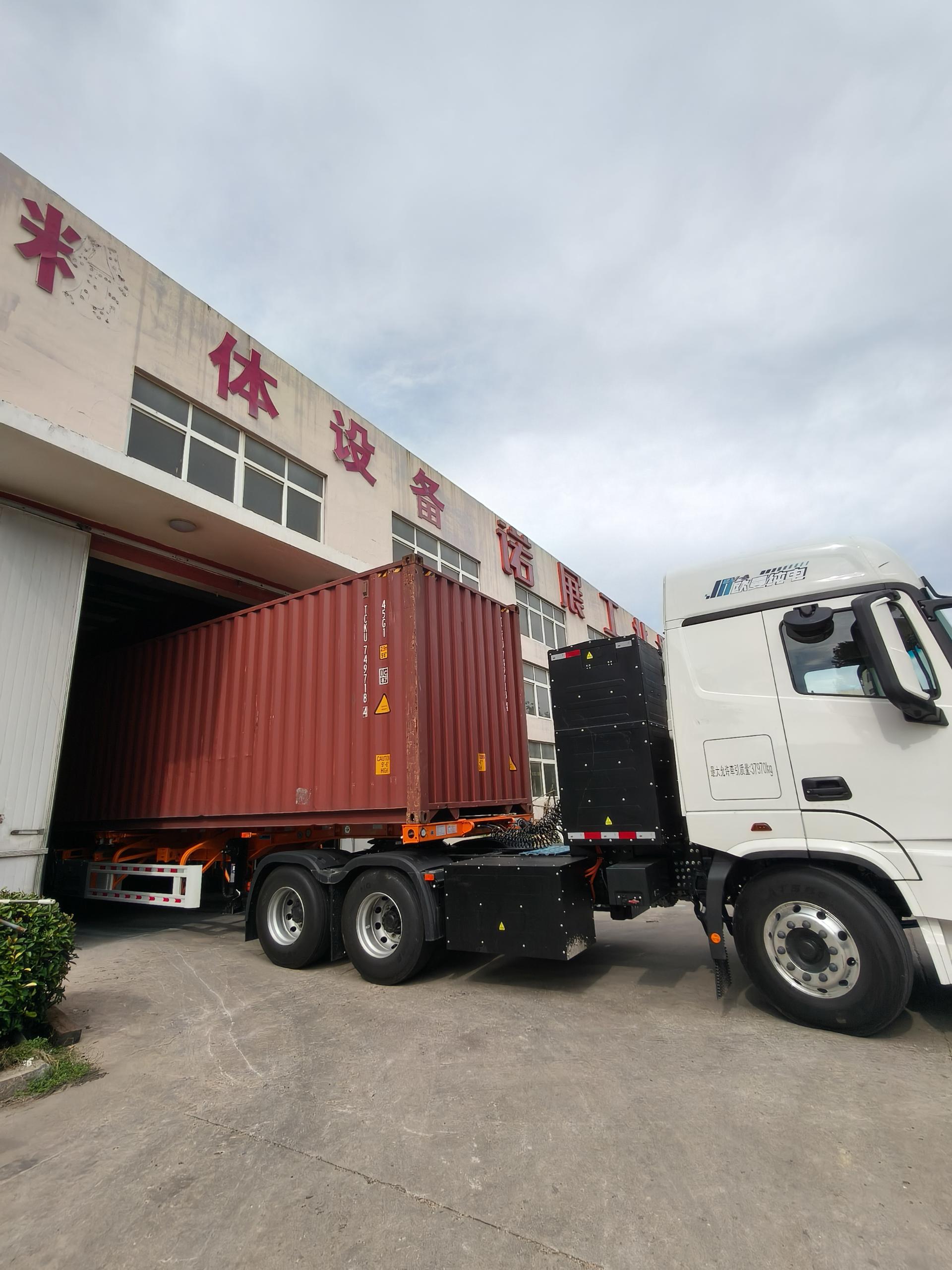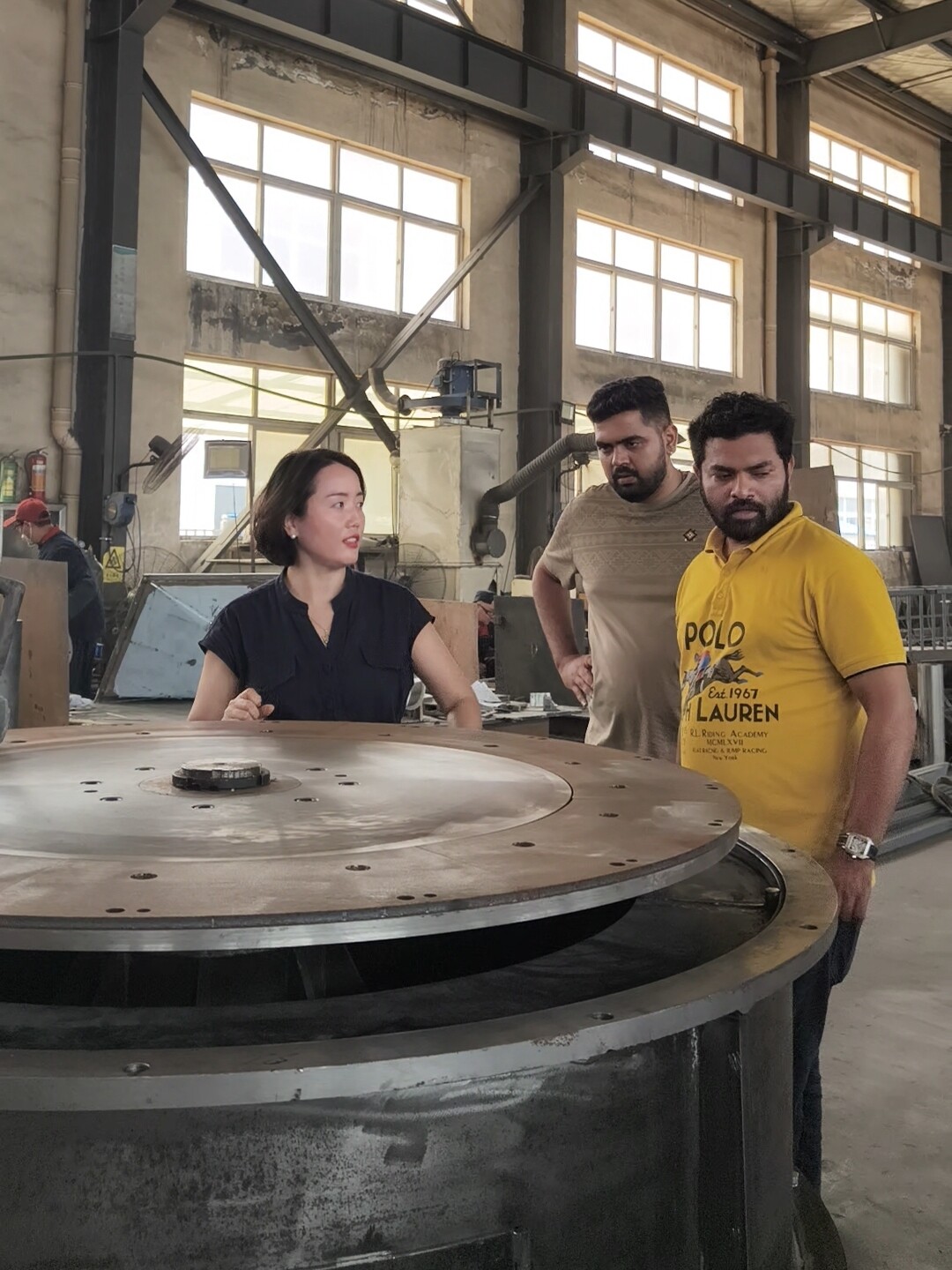In the feed industry, micronization plays a crucial role in enhancing the quality and efficiency of animal feed. Two primary types of micronizers are widely used: mechanical ultrafine pulverizers and airflow pulverizers. Each has its unique characteristics, advantages, and applications, making them suitable for different production needs.
Mechanical ultrafine pulverizers utilize mechanical forces to reduce particle size. They typically employ grinding mechanisms such as hammer mills or roller mills. These machines are known for their robustness and ability to handle a wide range of materials, including grains, seeds, and by-products. One of the key benefits of ultrafine pulverizers is their cost-effectiveness. They are generally less expensive to purchase and maintain compared to airflow pulverizers. Additionally, mechanical micronizers can achieve a desired particle size with relatively low energy consumption, making them an attractive option for many feed manufacturers.
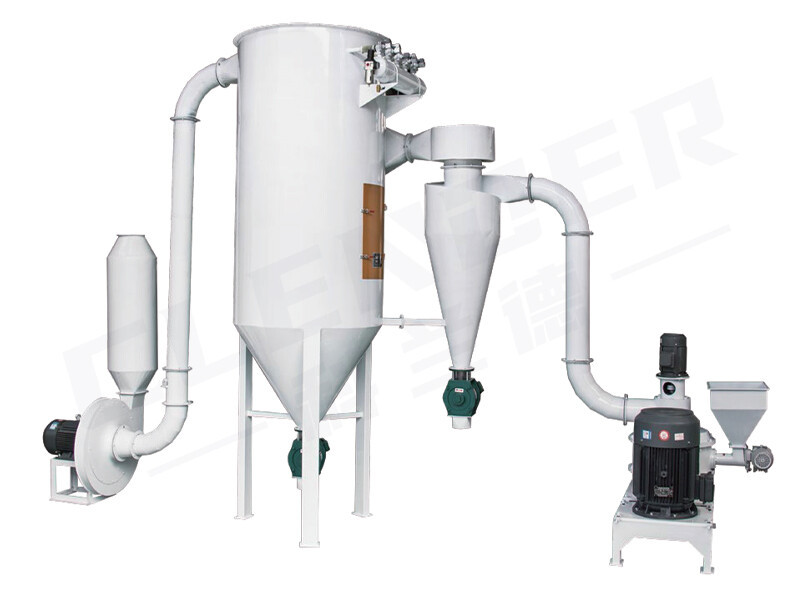
On the other hand, airflow pulverizers use high-velocity air streams to achieve micronization. This method is particularly effective for materials that are sensitive to heat, as it minimizes thermal degradation. Airflow pulverizers can produce very fine particles with a narrow size distribution, which is essential for specific applications in the feed industry. However, they tend to be more expensive and require more complex maintenance due to their intricate design and operational requirements.
When choosing between mechanical ultrafine and airflow micronizers, feed manufacturers must consider several factors, including the type of raw materials, desired particle size, production volume, and budget constraints. For many, the mechanical micronizer emerges as a favorable choice due to its lower initial investment and operational costs. It is particularly beneficial for producers looking to optimize their feed formulations without incurring significant expenses.
In conclusion, while both mechanical ultrafine and airflow pulverizers have their advantages, the mechanical micronizer stands out for its cost-effectiveness and versatility. As the feed industry continues to evolve, understanding the differences between these technologies will help manufacturers make informed decisions that enhance feed quality and operational efficiency.
Related Testimonials
 Indonesian Client Visits Qingdao Clender for Coconut Shell Grinding Test
Indonesian Client Visits Qingdao Clender for Coconut Shell Grinding Test Qingdao Clender Warmly Welcomes International Customers from Indonesia and Egypt
Qingdao Clender Warmly Welcomes International Customers from Indonesia and Egypt 75-75 ultrafine grinding mill successfully shipped to Indonesian customers
75-75 ultrafine grinding mill successfully shipped to Indonesian customers Foreign Customer Visits Qingdao Clender Machinery for Ultrafine Grinder Testing
Foreign Customer Visits Qingdao Clender Machinery for Ultrafine Grinder Testing
Online Consultation

